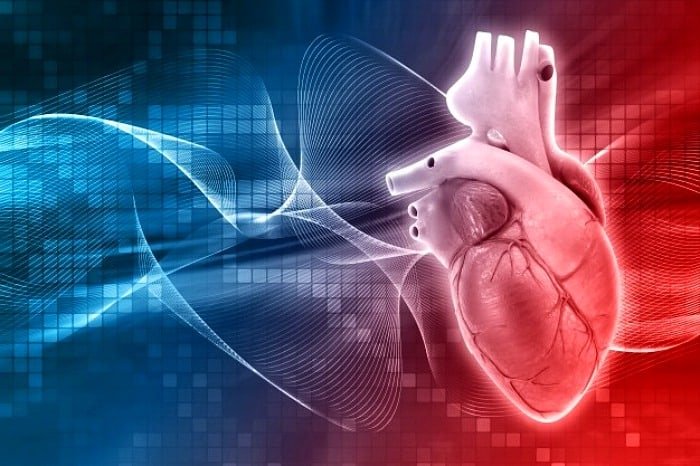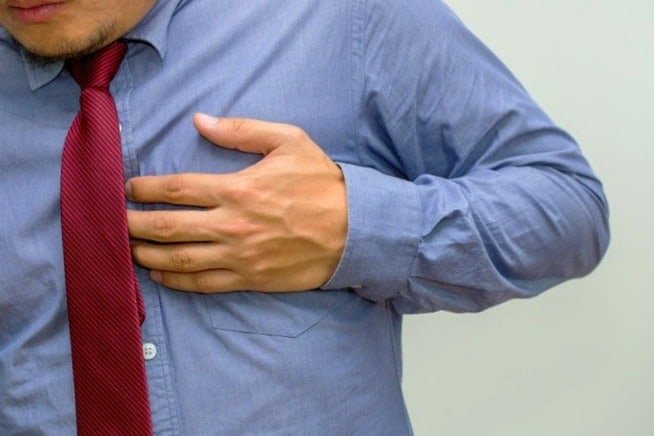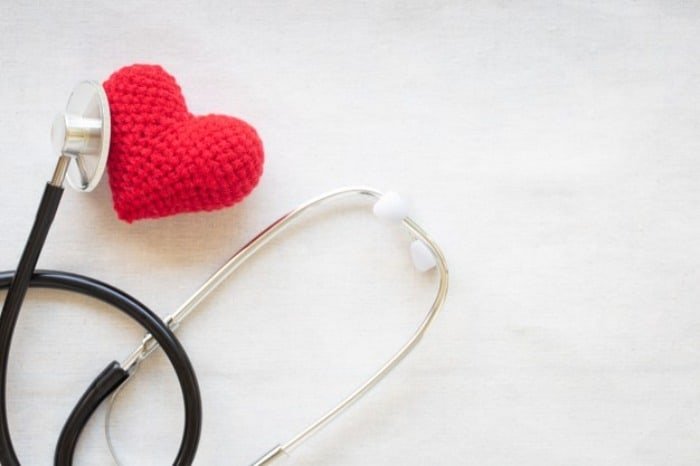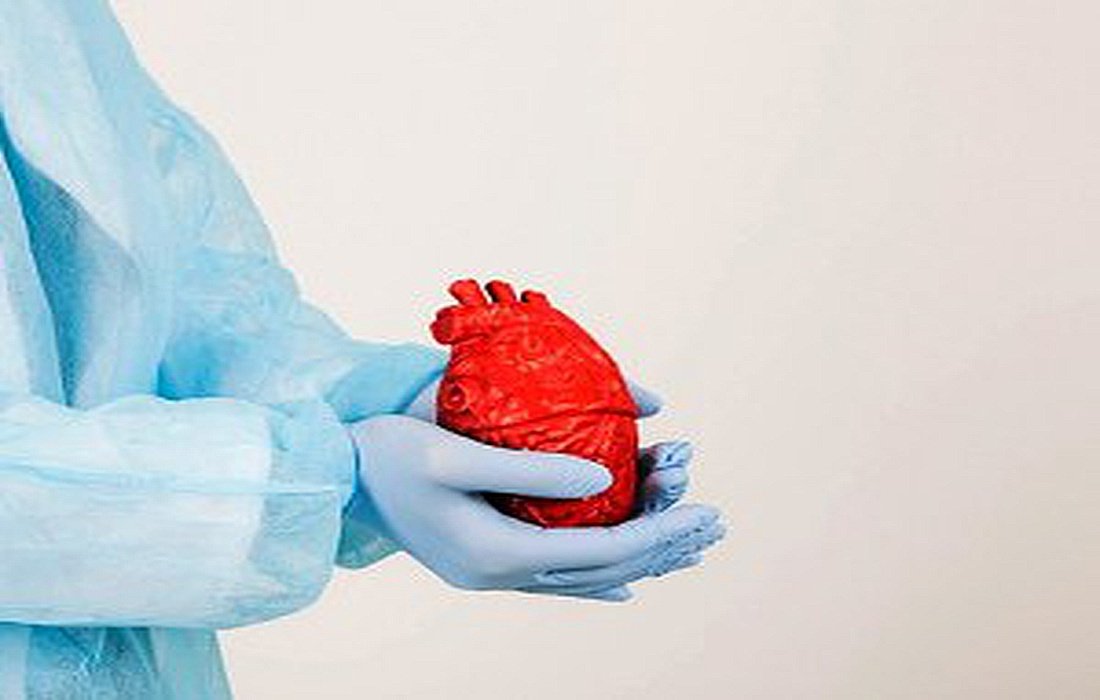Everything about the procedureOpen-heart surgeryAnd after that
Open-heart surgery involves making an incision in the chest to operate on the heart muscles and blood vessels. Research shows that this type of surgery may also be performed on younger individuals.
During the surgery, a healthy vein adjacent to the blocked vessel is taken as a graft. This allows the blocked vein to have more space to allow fresh blood to flow. Open-heart surgery is sometimes referred to as traditional heart surgery. Nowadays, many heart procedures are performed with just a small incision.
When is open-heart surgery necessary?
Open-heart surgery requires a graft and is essential for individuals with coronary artery disease. In this condition, the blood vessels supplying oxygen to the heart become narrow and constricted, making it difficult for blood to flow through.
This often occurs when fats in the heart walls increase, causing the vessels to narrow and not provide enough blood to the heart. When blood flow to the heart vessels is inadequate,a heart attackwill occur.
Open-heart surgery is also performed for various heart problems that we will discuss in this health section of SelMagz:SelMagzHere are some conditions:
- Repair or replace heart valves that allow blood to flow.
- Repair damaged or abnormal areas of the heart.
- Use of devicesImplantsthat help regulate heart rhythms.
- Heart transplantation
- Angioplasty (opening heart vessels)
- Bypass surgery
- Repair congenital heart defects in infants
- Relieve blockages in arteries leading to the heart

How is open-heart surgery performed?
The surgery typically takes about three to six hours. Generally, the following steps occur:
Anesthesia
Open-heart surgery can last between 4 to 6 hours. The patient is placed under general anesthesia, ensuring they are completely asleep and feel no pain during the operation.
Chest incision
The surgeon cuts through some or all of the chest bone to access the heart. During this process, about 20 to 25 centimeters of the chest is cut open, reaching the heart.
Resolving heart issues
- Once the surgeon reaches the heart, the patient is connected to a machine that takes blood away from the heart, allowing the surgeon to continue with the procedure. In newer surgeries, this equipment may not be necessary.
- Then, a healthy vein surrounding the blocked vessel is used.
- The surgeon then wires the chest bone together, keeps the wire in the body, and stitches the incision. Sometimes, sternal plating is done for high-risk patients, such as the elderly or those with multiple surgeries. This involves reconnecting the chest with small titanium plates post-surgery.
- Sometimes, this may not be the end, and the individual may require several more surgeries to resolve their issue.
What are the risks associated with open-heart surgery?
- Infection of the chest wound, which is common for overweight individuals and those withdiabetesis a risk.
- A heart attack or stroke
- Irregular heartbeatKidney or lung failure
- Chest pain
- And mild feverMemory loss
- Blood clotting
- Anemia
- Difficulty breathing
- Pneumonia
- Bleeding after open-heart surgery
- Ischemic heart injury
- Death
- Blood clotting
- Cardiac tamponade (pericardial tamponade)
- Blood loss
- The use of heart-lung machines during operations increases the risks of open-heart surgery. These risks include strokes and nerve surgeries.
How should we prepare for open-heart surgery?

Be sure to discuss your medications, pain relievers, vitamins, and even herbal medicines with your doctor. Inform them of any illnesses like fever,
flu,coldand more.Your doctor may ask you to stop smoking two weeks before the surgery and to avoid blood-thinning medications like aspirin, ibuprofen, or
naproxen.No alcohol should be consumed before surgery, as it increases the risk of complications and death.Recently, doctors have been asking patients to wash themselves with a special soap before surgery. This
soap
eliminates bacteria on the skin, reducing the risk of post-surgical infections, and they also ask you not to eat anything the night before surgery.Your doctor may also provide more specific information regarding details.What happens after open-heart surgery?
When you wake up after the surgery, you will notice two or three tubes inside your chest. These tubes help remove fluids around your heart, and an IV will be connected to provide body fluids. A thin tube will also be connected for urine drainage.
A device will also be attached to monitor your heart status. Nurses will be around you to keep an eye on your condition.
You will need to stay in the intensive care unit for the first night, and then you will be moved to a regular ward in the next three to seven days.
Recovery
In the days following the surgery at home, you need to take good care of yourself to avoid any issues.
Incision care
Caring for the incision site is one of the most important aspects. It should be kept warm and dry; wash your hands before and after touching it. If your stitches heal well and there is no infection, you can take a shower.
However, your shower should not exceed ten minutes. The water should be warm, not hot. Additionally, the stitch site should not have direct contact with the water. If you notice any signs of infection, be sure to disinfect the surgical area.
Signs of infection include:
Increased drainage from the incision site
Opening of the wound and incision site
- Leaking from the incision
- Redness around the incision
- Warmth around the incision line
- Fever
- How to manage pain
- How you manage post-surgery pain will increase your recovery speed and reduce the chances of complications like pneumonia or blood clotting. In these cases, muscle pains,
sore throat
, pain in the incision area, and discomfort due to the tubes may increase.Your doctor will prescribe pain relief medications for when you are at home and will advise you to take the medication before sleeping and before physical activities.Get enough sleep
Some patients may have trouble sleeping after open-heart surgery, but it is really important to rest as much as possible.

To sleep better, consider taking the following steps:
Take a pain reliever half an hour before bed.
Make sure to use a comfortable pillow with a suitable height.
- Avoid caffeine
- even in the evening.
- Some specialists previously believed that open-heart surgery reduces mental functioning. However, this isn’t due to the surgery or the heart condition. It’s mainly because this surgery is performed mostly on older adults, and the reason for a decline in memory and mental function is aging. Some people may face issues likedepressionor
anxietyafter this surgery. In such cases, having a therapist is very beneficial.RehabilitationMost people after open-heart surgeries participate in rehabilitation programs several times a week. These programs include exercises, reducing risk factors,stress
, anxiety, and depression.
Cardiac rehabilitation is a treatment plan that includes specific exercises and education. This program varies for each individual and is tailored to improve their heart activity. The program continues under the doctor’s supervision, and the patient should continue it at home to improve their condition.A long-term view of open-heart surgeryYour recovery after this surgery is gradual. It may take six weeks to gradually feel better and six months to fully recover.
The positive effects of this surgery will remain with you forever; however, this surgery does not prevent future blockages in coronary vessels but following the steps mentioned in this health section of SelMagz will reduce the risk:
A healthy diet
Reducing the intake of high-salt, fat, and sugar foods
More physical activity
- No smoking
- Controlling
- High blood pressure
- And high cholesterol
- Stress management.The reasons for open-heart surgeryPreparation before open-heart surgery
- A heart attack







